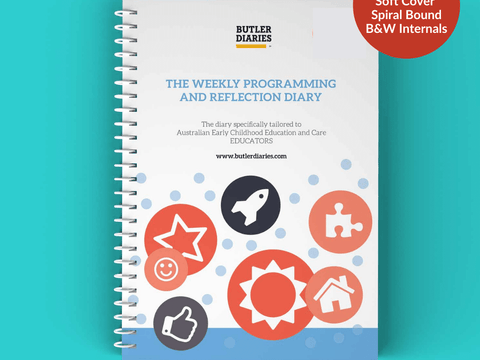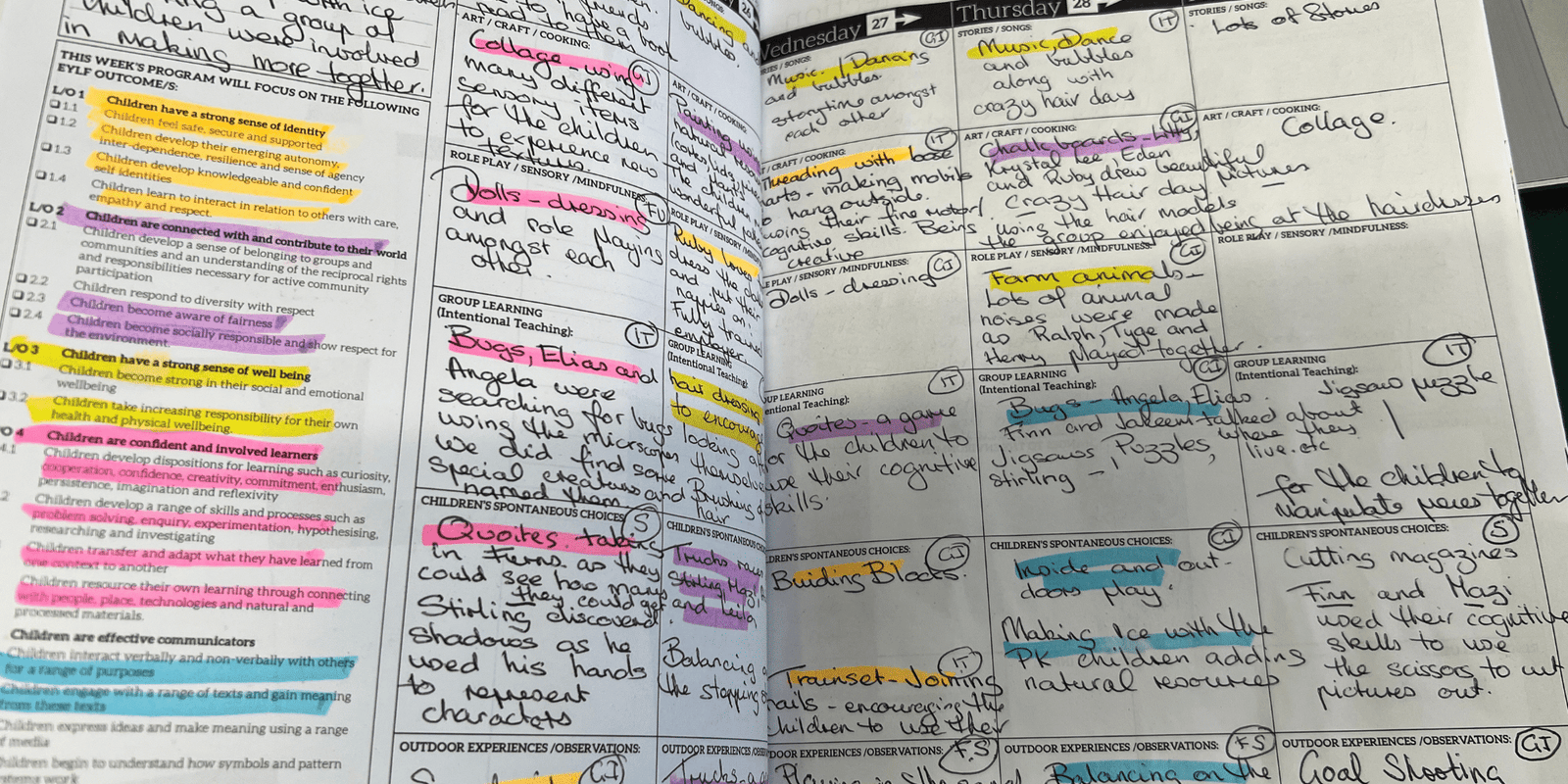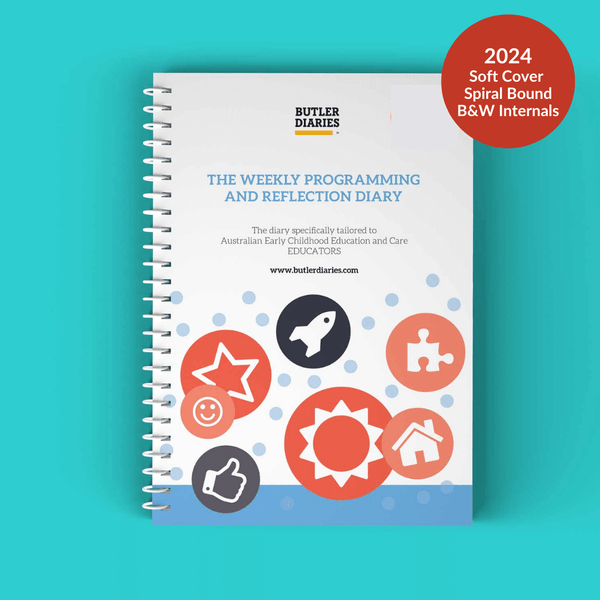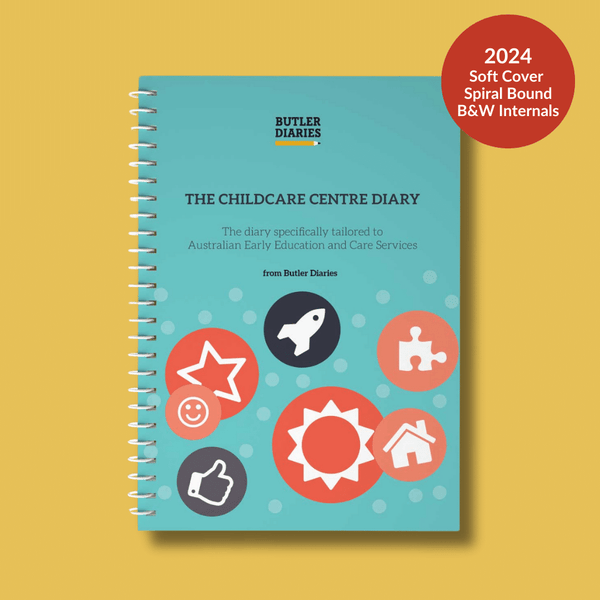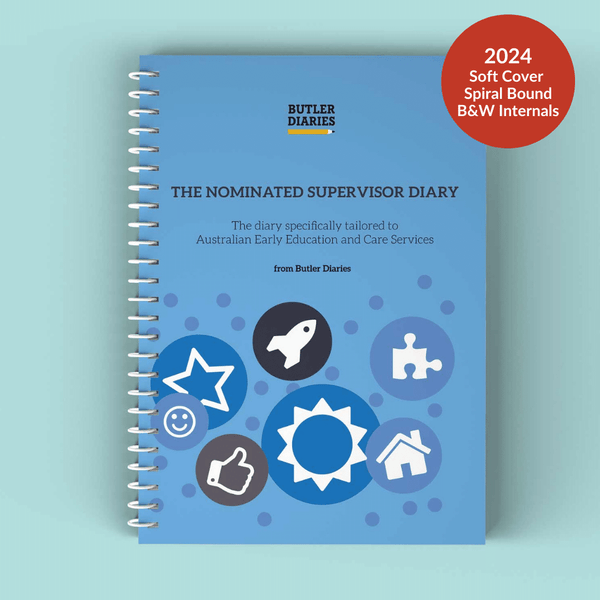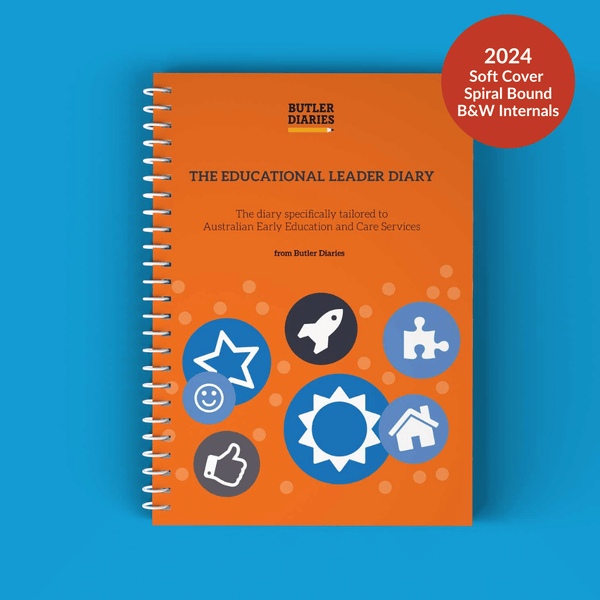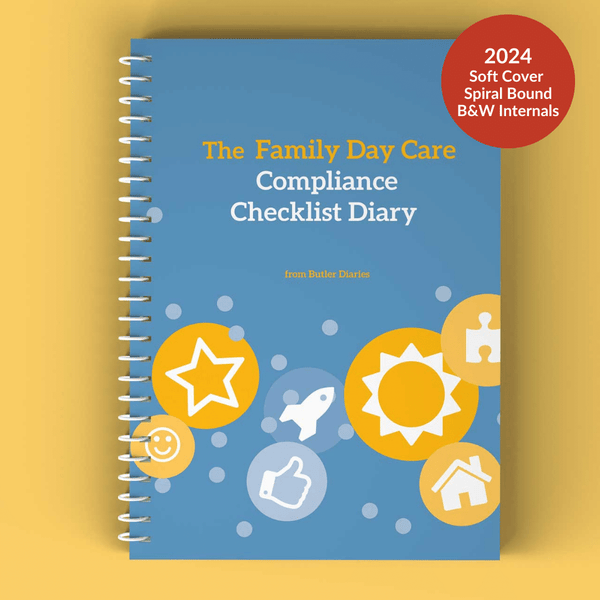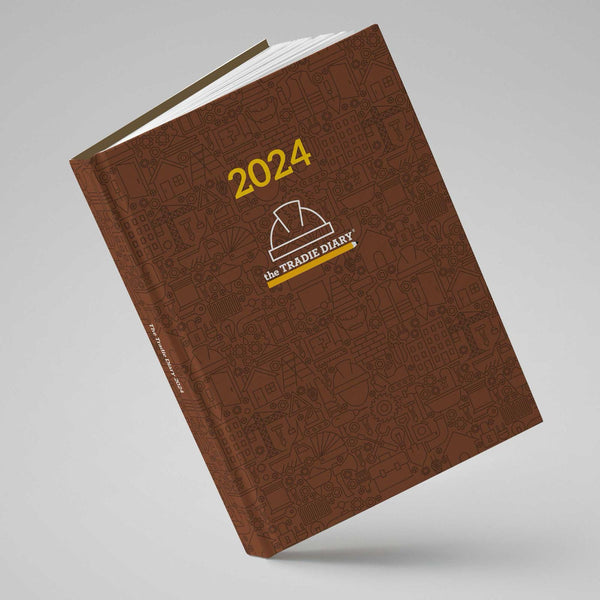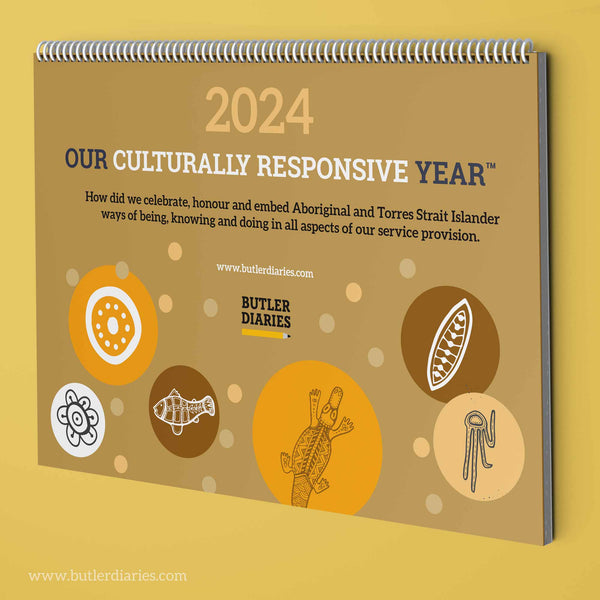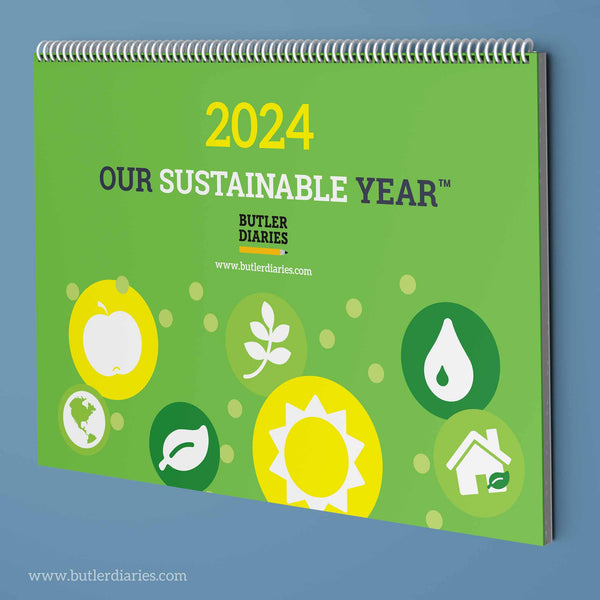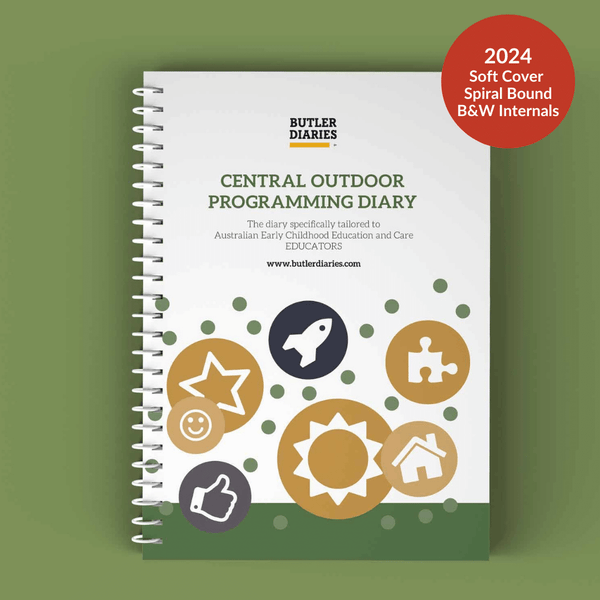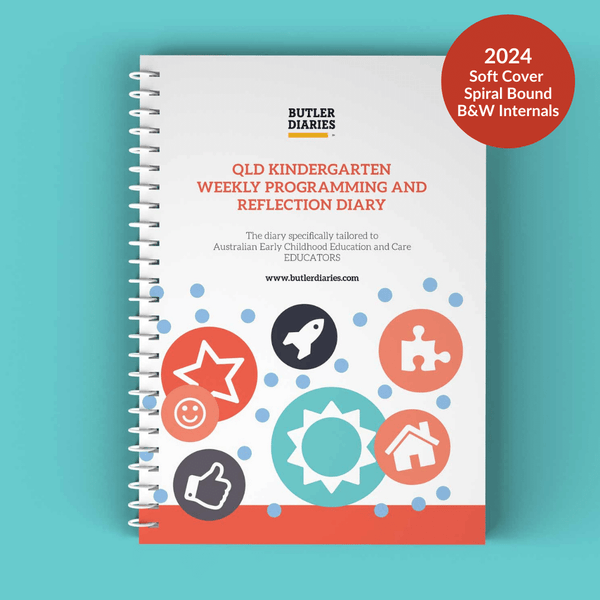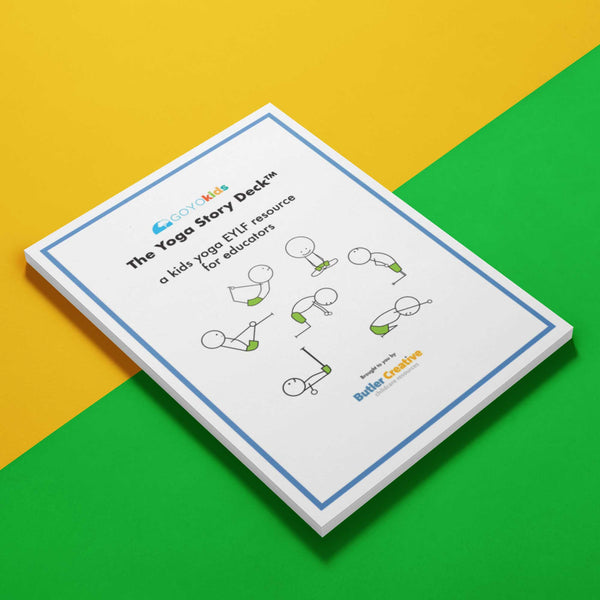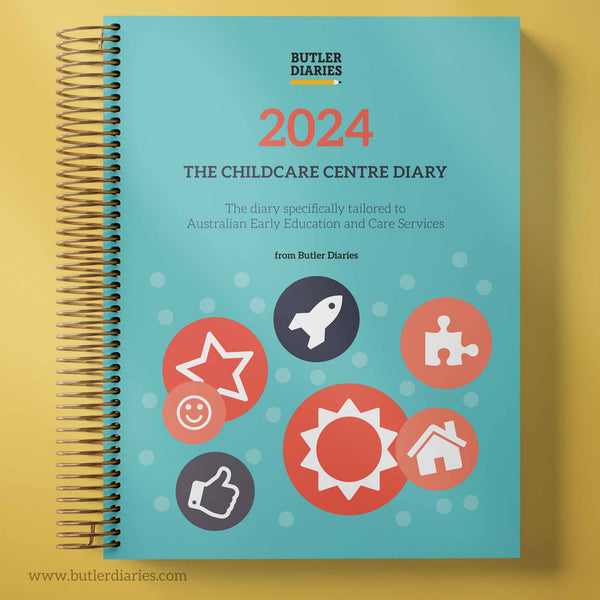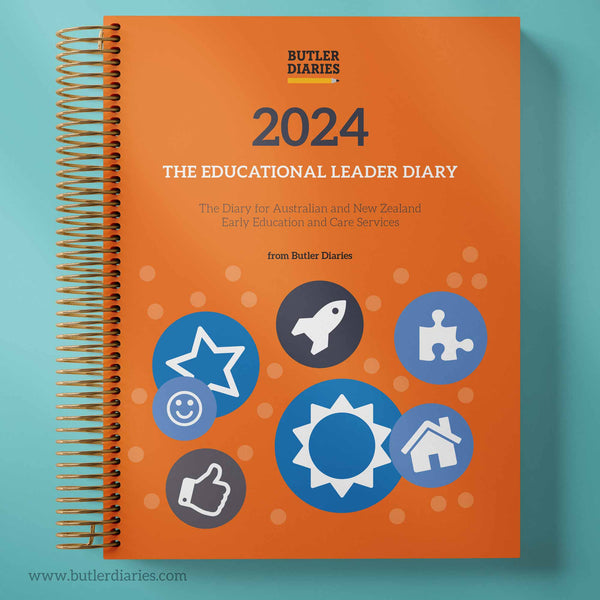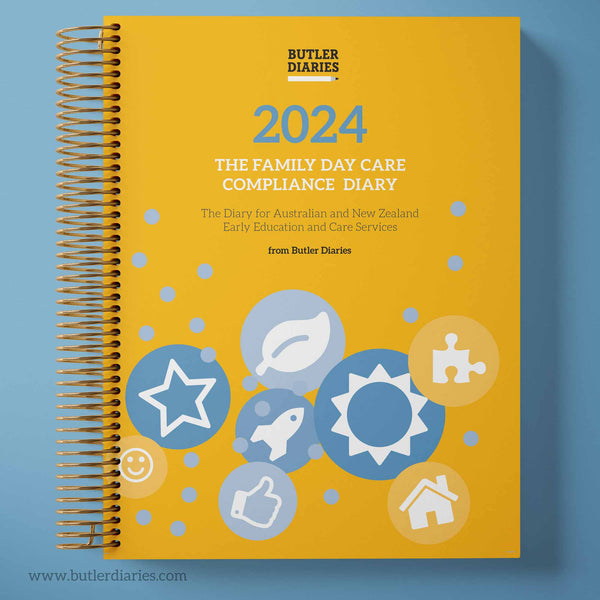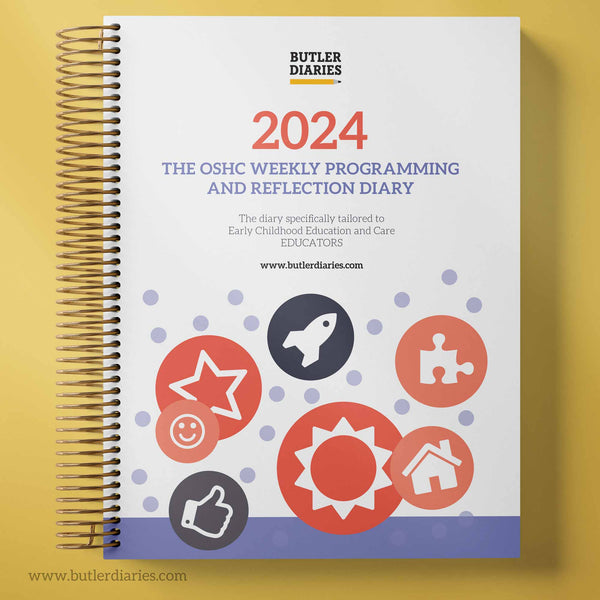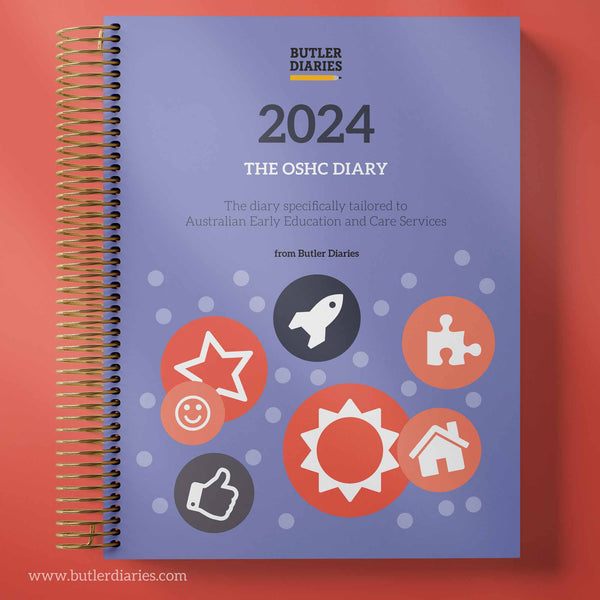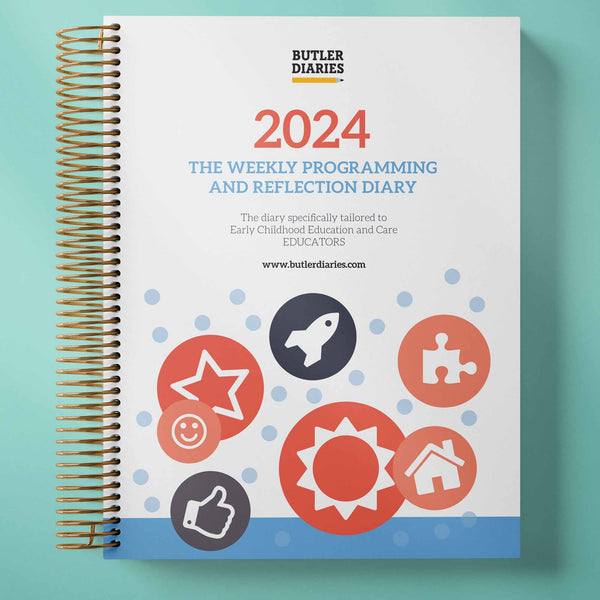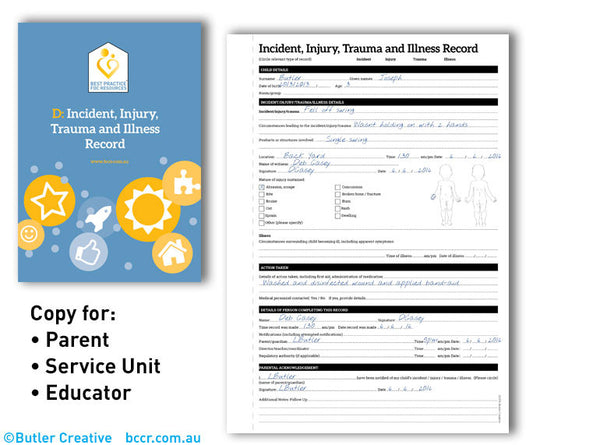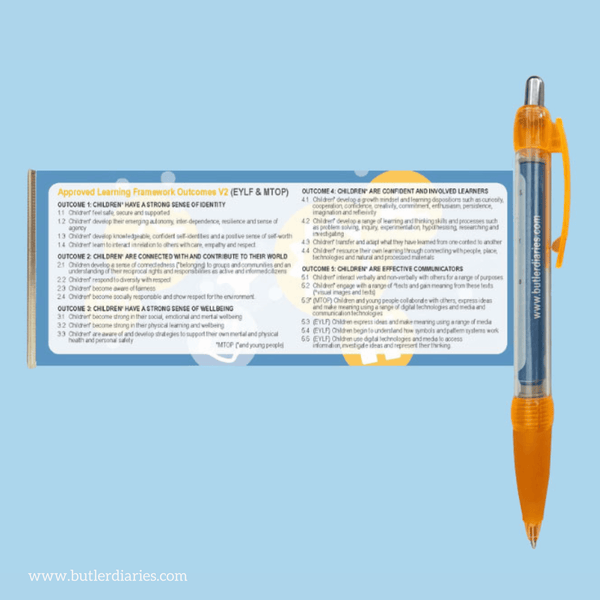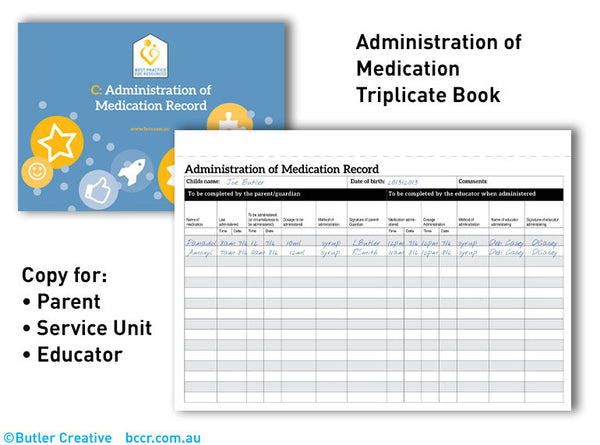Can you please explain how these work and how they link to children's individual goals, learning outcomes, etc. How is the planning cycle and continuity of learning visible?

How does this Diary support the principles and practices? Teaching Strategies?

Can you provide an example of how the Cycle of Planning would be visible?

How do you use the last column of the Programming Spread in the new layout?
The final column of the Programming Spread is designed to be flexible to cater to your unique service.
If you run 7 days a week, it can act as a weekend programming space. If you run 5 days a week, it can be used to capture additional evidence of key themes from Frameworks and NQS or can be used to link other documentation and show the cycle of planning for example, you may note to view 'Feb's Art and Craft section in your Culturally Responsive Calendar'. You can capture this evidence in the form of planned experiences, jottings, reflections, photos, children's drawings or voice, and more.
This column is designed to be open-ended so you can use it in the way that best highlights your practices, goals, and cycle of planning.
When filling the diaries out do we pre fill the boxes?
The Programming Spread is used to show intentional teaching AND spontaneous experiences as they arise so you should pre-fill some boxes based on the previous week's program and reflections and child goals, some may also be completed as you go spontaneously as experiences arise.
During A&R how have these gone? Could they be considered outdated with new digital methods available?
How you do during A&R depends highly on how you use your Diaries and your reflections to show why you are using your Diaries.
We have a few tools to assist, first, you can download the compliance eBooks from the product pages that show how the Diaries link with Frameworks, NQS, and more.
Secondly, you can check out this article that addresses digital vs paper programming and how to decide what is right for you. The main factor will come down to your reasoning for your choice. A way to show this would be critical reflections and evidence on why Paper works better for your Service.
We have many services that exceed NQS on our Diaries, here is a Case Study of one of our customers who have been with us for years. If you visit our blog, there are other customer stories available there, our review page also shows how many customers are using our Diaries for Assessment and Rating, and we have video testimonials of customers who have gone through A&R with Butler Diaries.
The main advice we have is to ensure you have a clear idea of why you are using the Diaries. You can add this to your QIP and critical reflections on the decision.
Where can I get my questions answered?
You can get in touch with Christine, our customer service manager, by emailing us at info@butlerdiaries.com.

